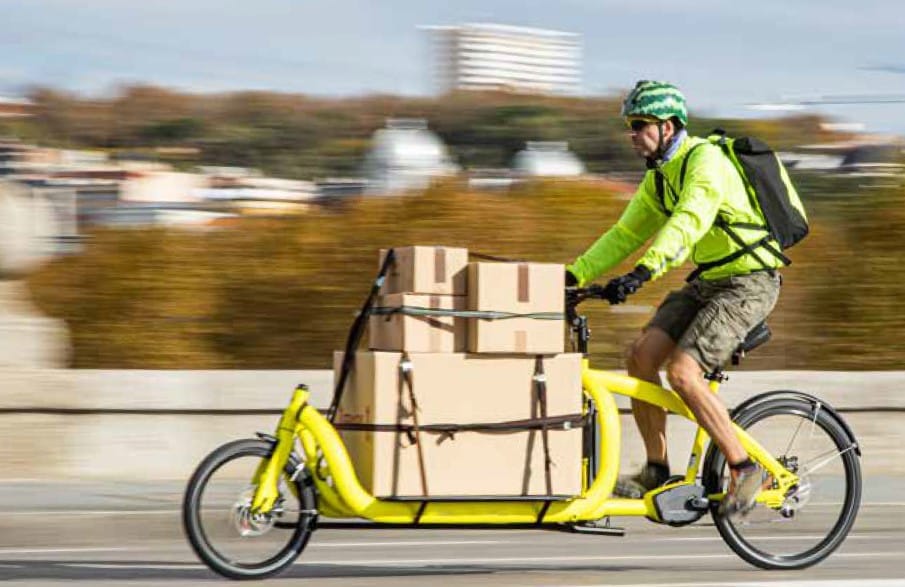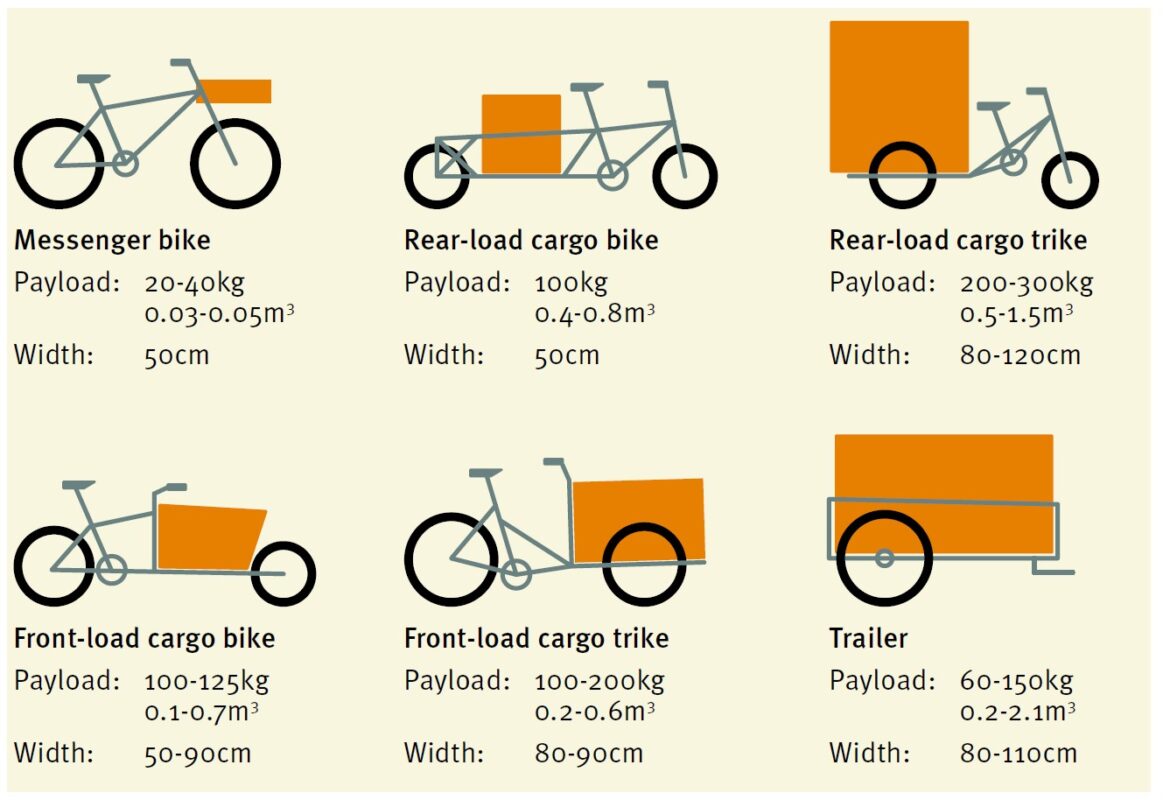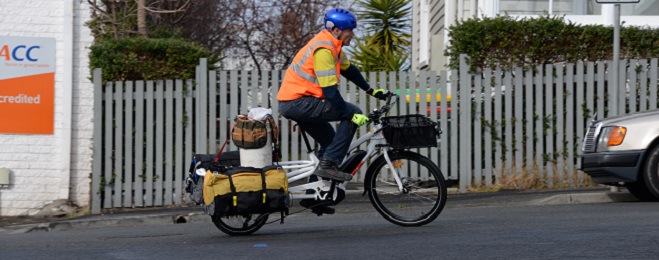We’ve all seen a courier van arrive at a city workplace and the driver opens the back door to reveal just a few boxes.
It’s the wrong tool for the job, but our delivery systems are structured around vans and trucks as the main transport modes.
This results in unnecessary greenhouse gases being produced, as smaller deliveries in inner urban areas could be made by electric vans or smaller vehicles like electric motorbikes and cargo bikes.
Australia’s transport greenhouse gas emissions have risen since 1990 and have recently hovered around 18% of total emissions.
In 2018 the Climate Change Authority estimated that nearly half of transport emissions were caused by cars, 21% by trucks and buses, 17% by light commercial vehicles 9% from air travel and the rest is rail, shipping and motorcycles.
A new report from UK environmental think tank Green Alliance has found that switching up to 7.5% of vans to electric cargo bikes would reduce emissions by the equivalent of its domestic aviation sector.

The report found the UK is lagging in the uptake of electric cargo bikes for reasons likely to be similar in Australia.
The Switching the Load report points out that the uptake of electric vans is slow, although it is has picked up recently with electric options now making up 5-8% of new sales. This in contrast to Australia where there are only 18 models available for electric vans, utes and trucks. Sales of electric cars and vans are rising but still only comprise 3.4% of new vehicle sales.
This is at the same time as a boom in the delivery market since COVID-19 lockdowns. Australia Post alone has seen a 65% increase in parcel revenue since 2019 and is investing millions in expanding its capacity.
Electric cargo bikes, some capable of carrying load of 100–200 kg, are a cleaner, cheaper and in urban areas sometimes quicker delivery option, but Green Alliance focus groups with fleet managers and sole traders found several barriers to their uptake:
- concern about theft of tools (although this is the same for vans)
- having to plan ahead to fit everything on the bike
- limits the geographical range you can work in
- limited safe cycling infrastructure
- what others would think of them
- weather would limit their use.

The report recommends 4 actions to improve understanding and uptake of the bikes:
- Raise awareness of e-cargo bikes as a viable alternative for a range of jobs through a targeted information campaign.
- Explore ‘try before you buy’ opportunities through local authority led rental schemes so businesses get to see what the bikes are capable of before investing in their own.
- Provide financial support to businesses to buy e-cargo bikes, through governments at different levels.
- Improve infrastructure for e-cargo bikes by building more wider cycleways and dedicated bike parking.
Because when the infrastructure is in place and awareness is high you get the Dutch result of 60% of DHL courier deliveries occurring by cargo e-bike in inner city areas.


